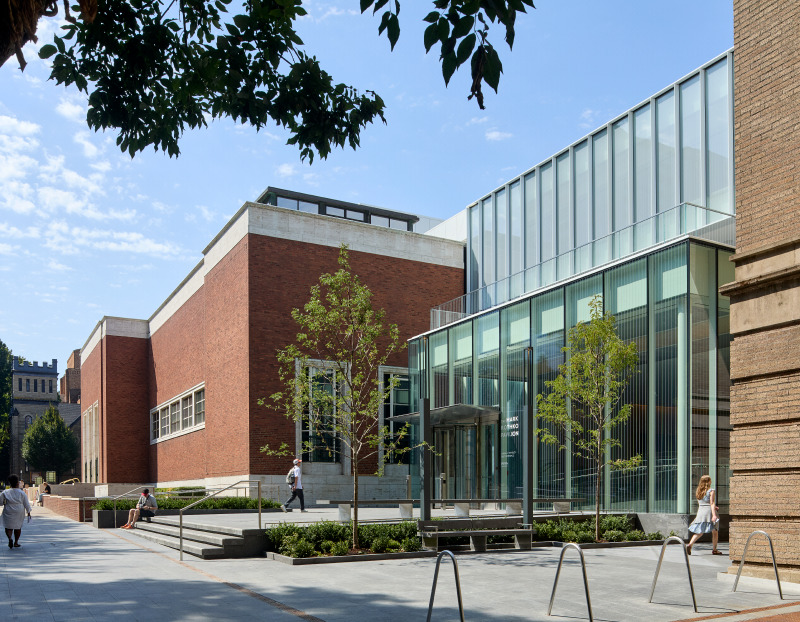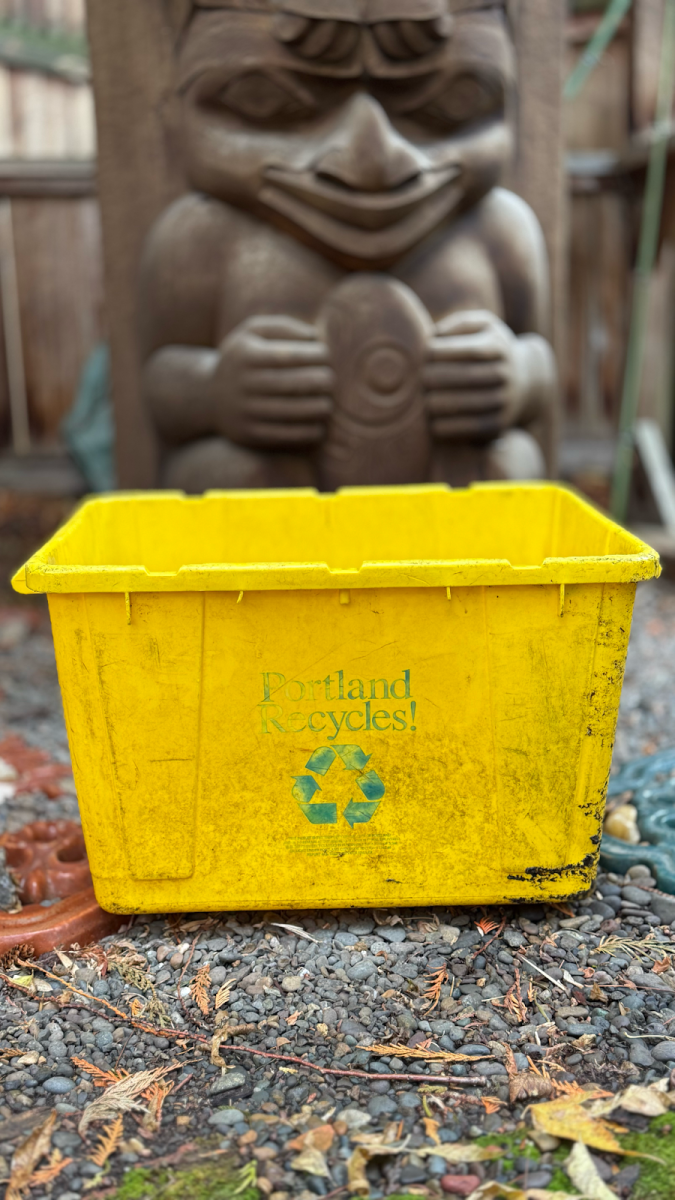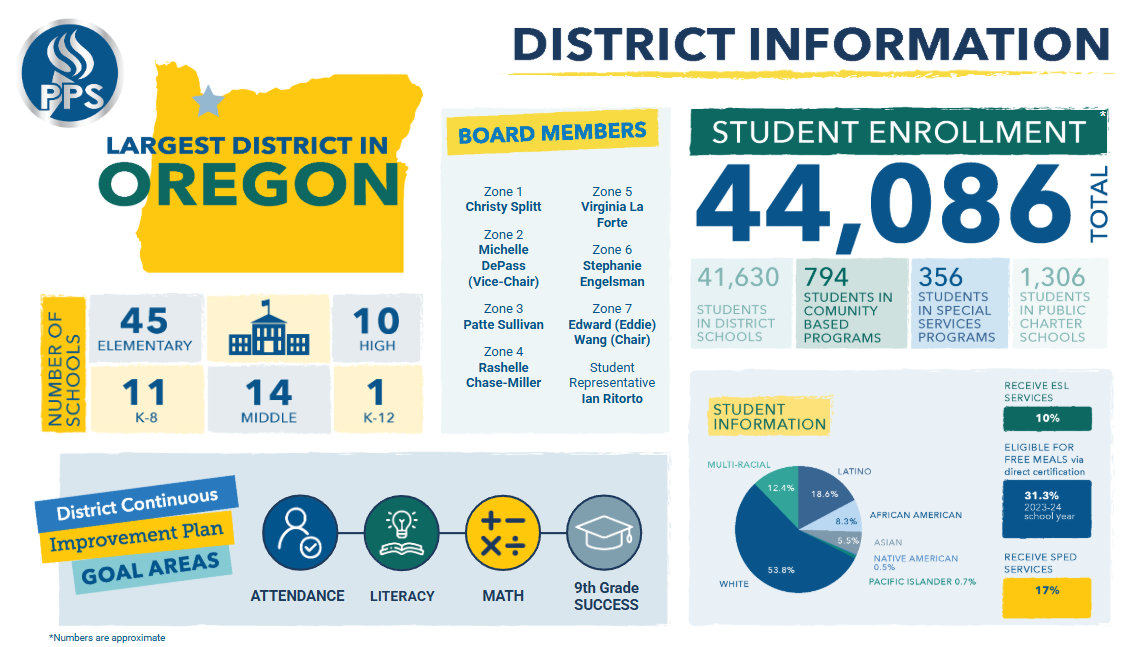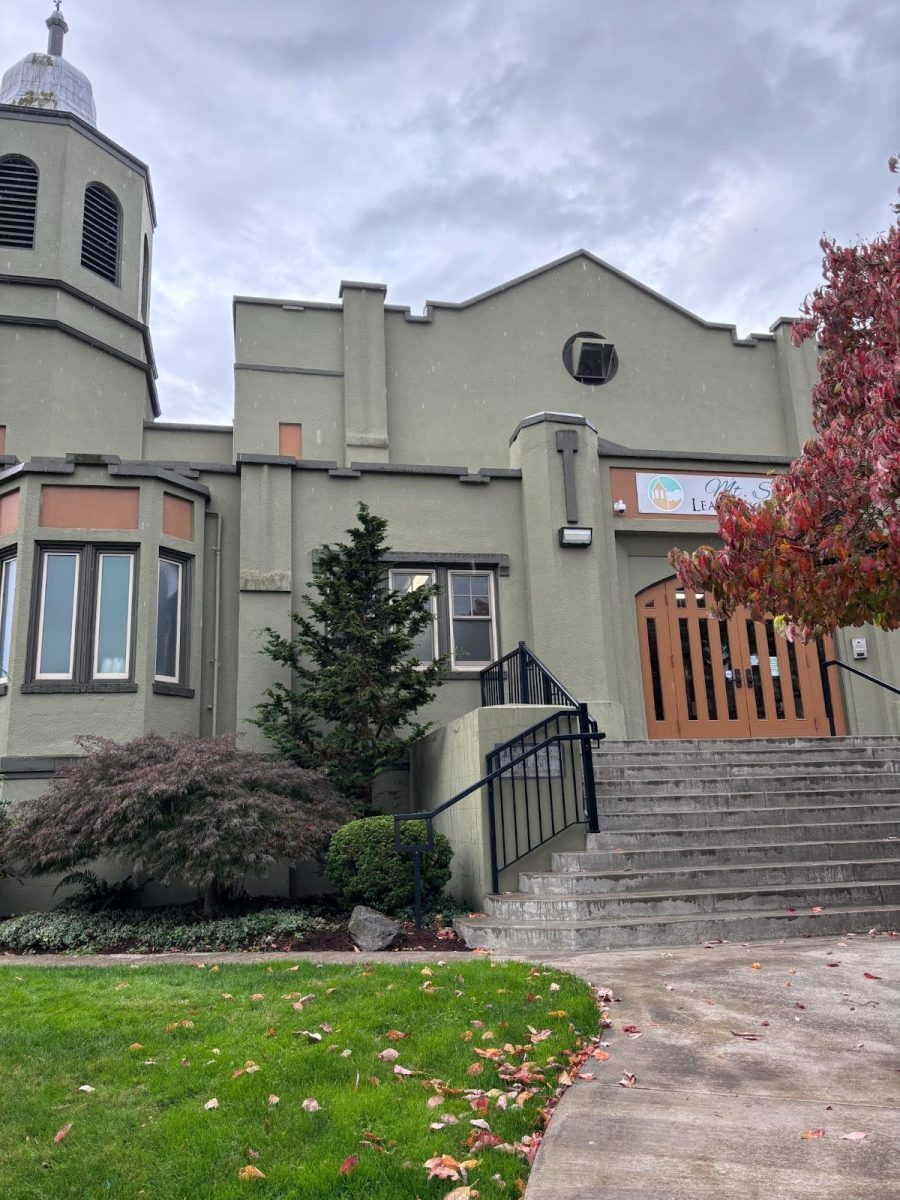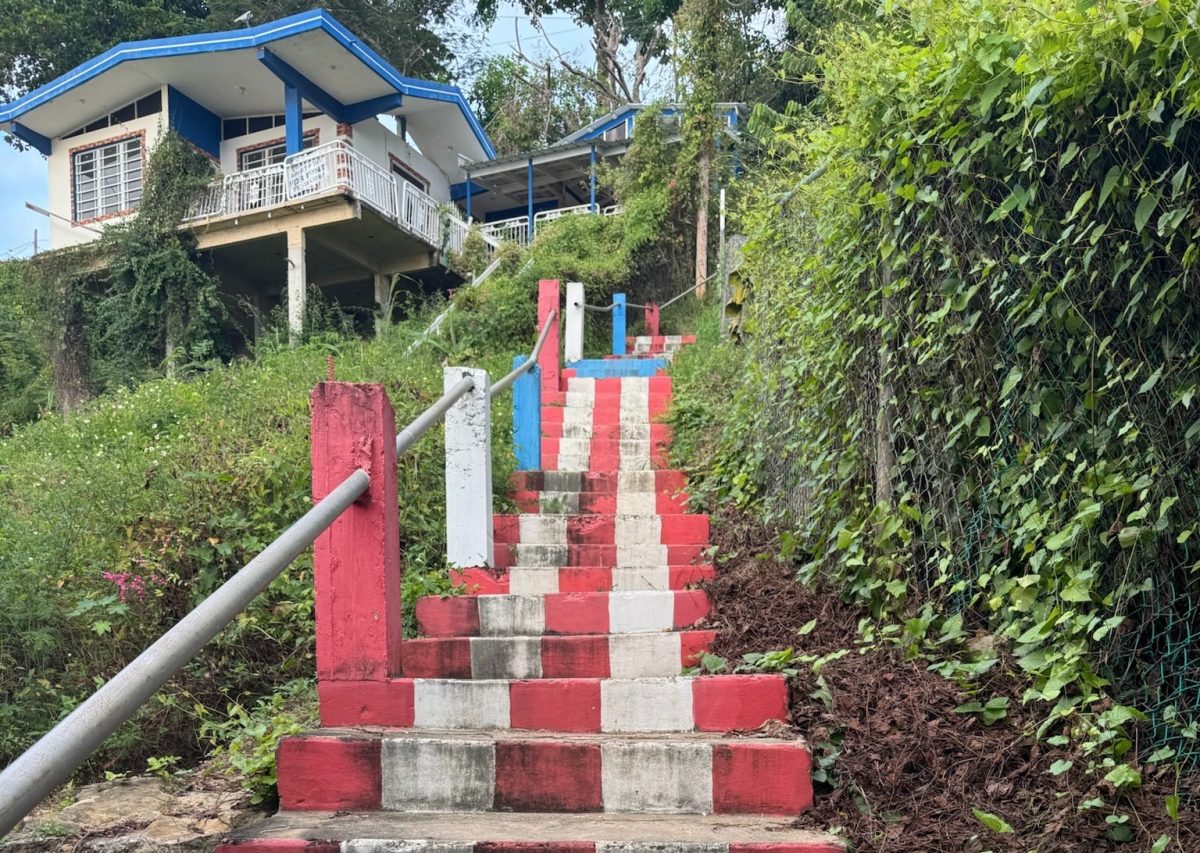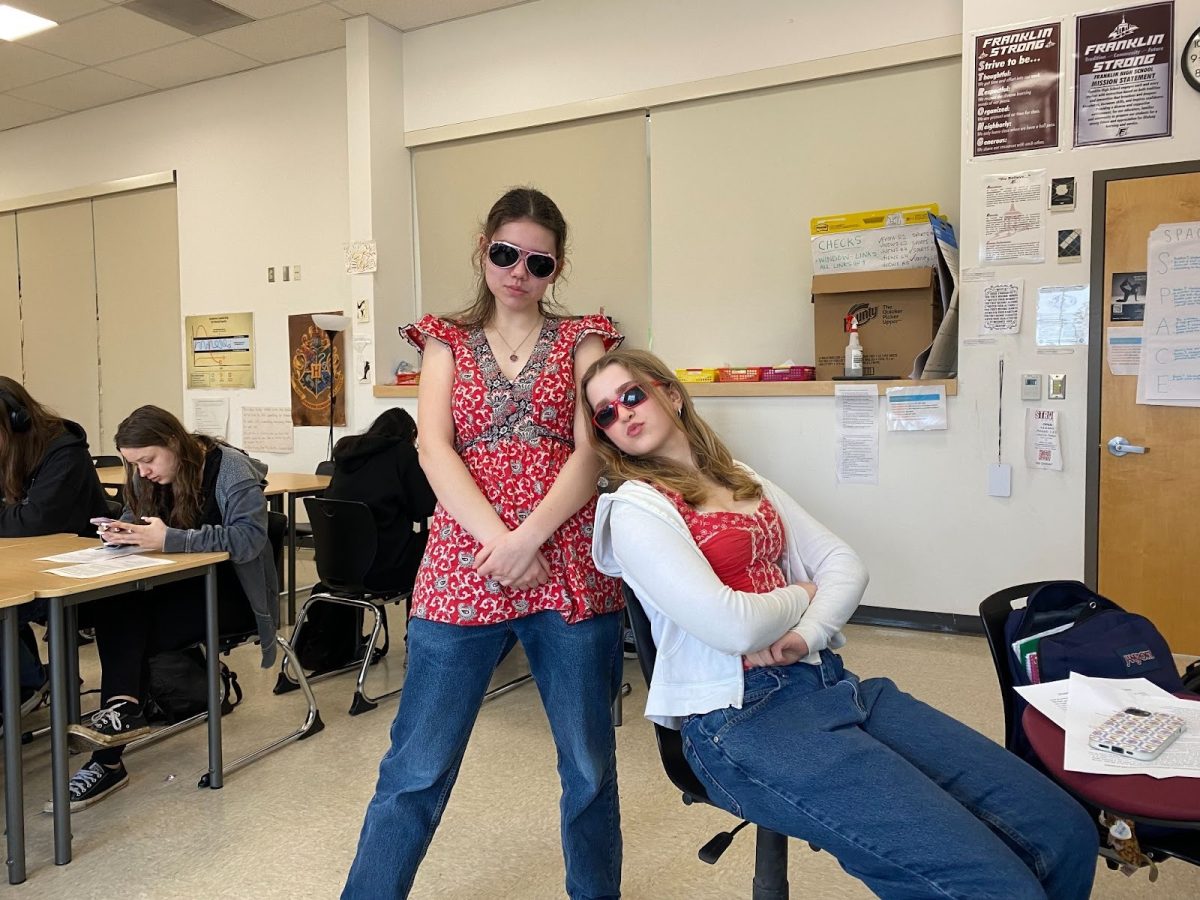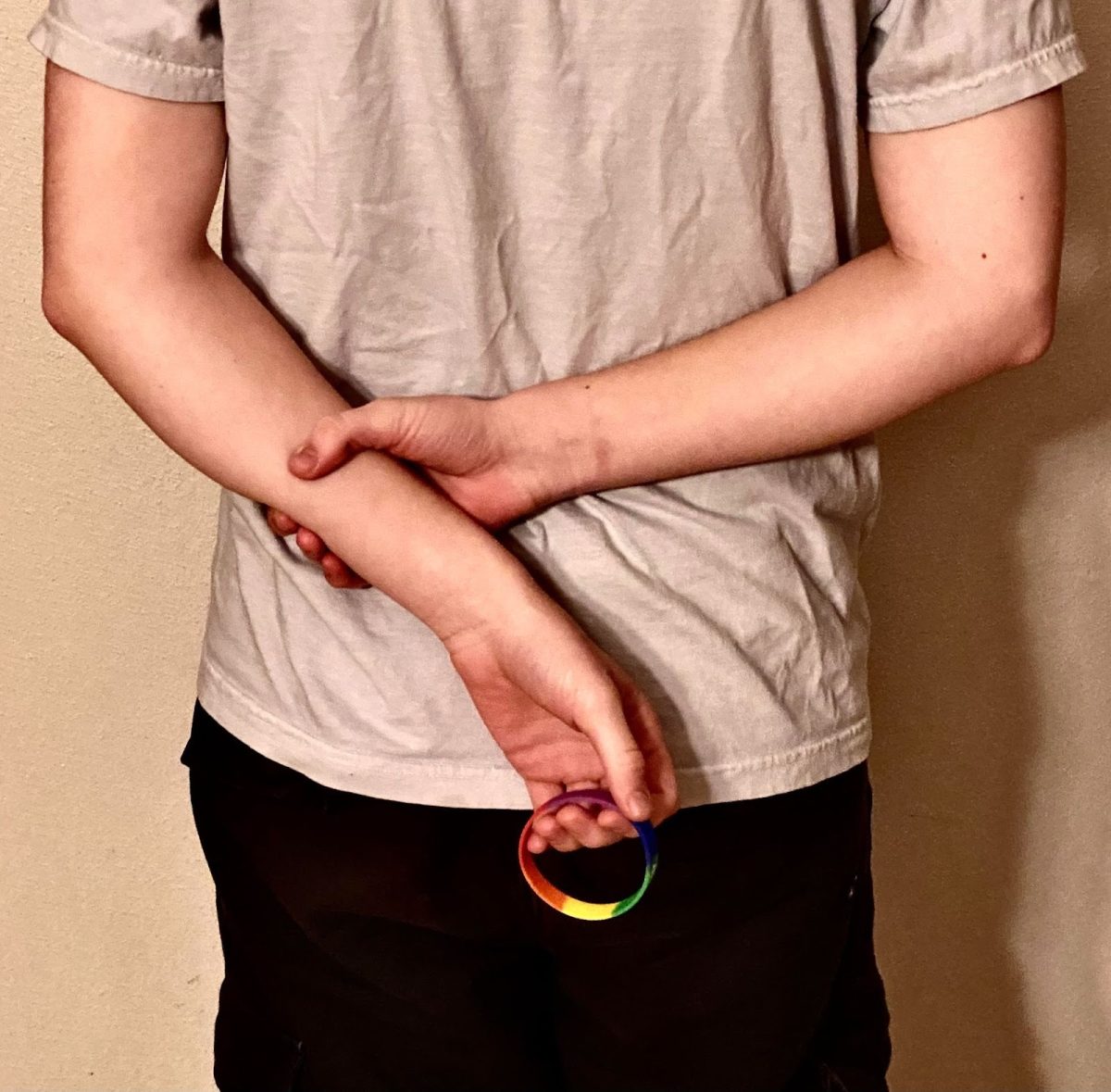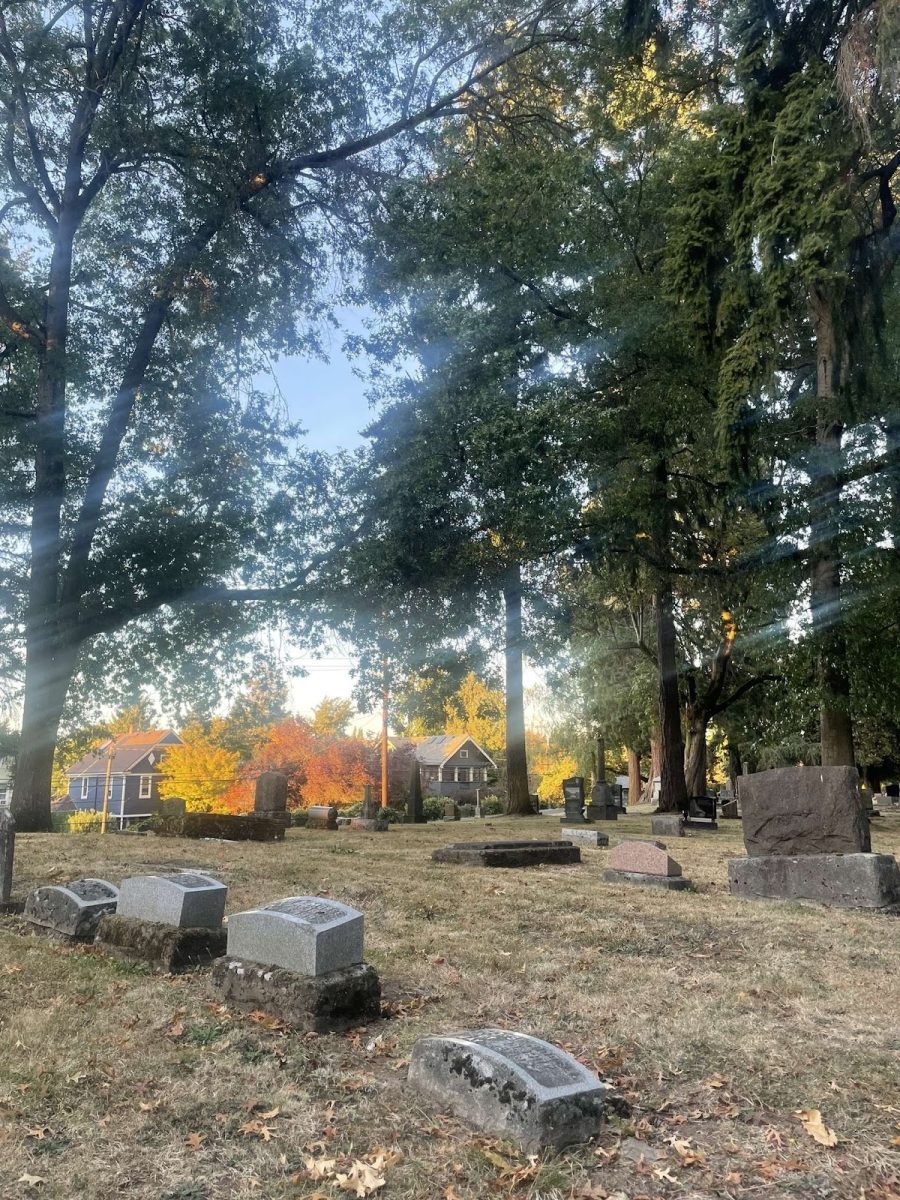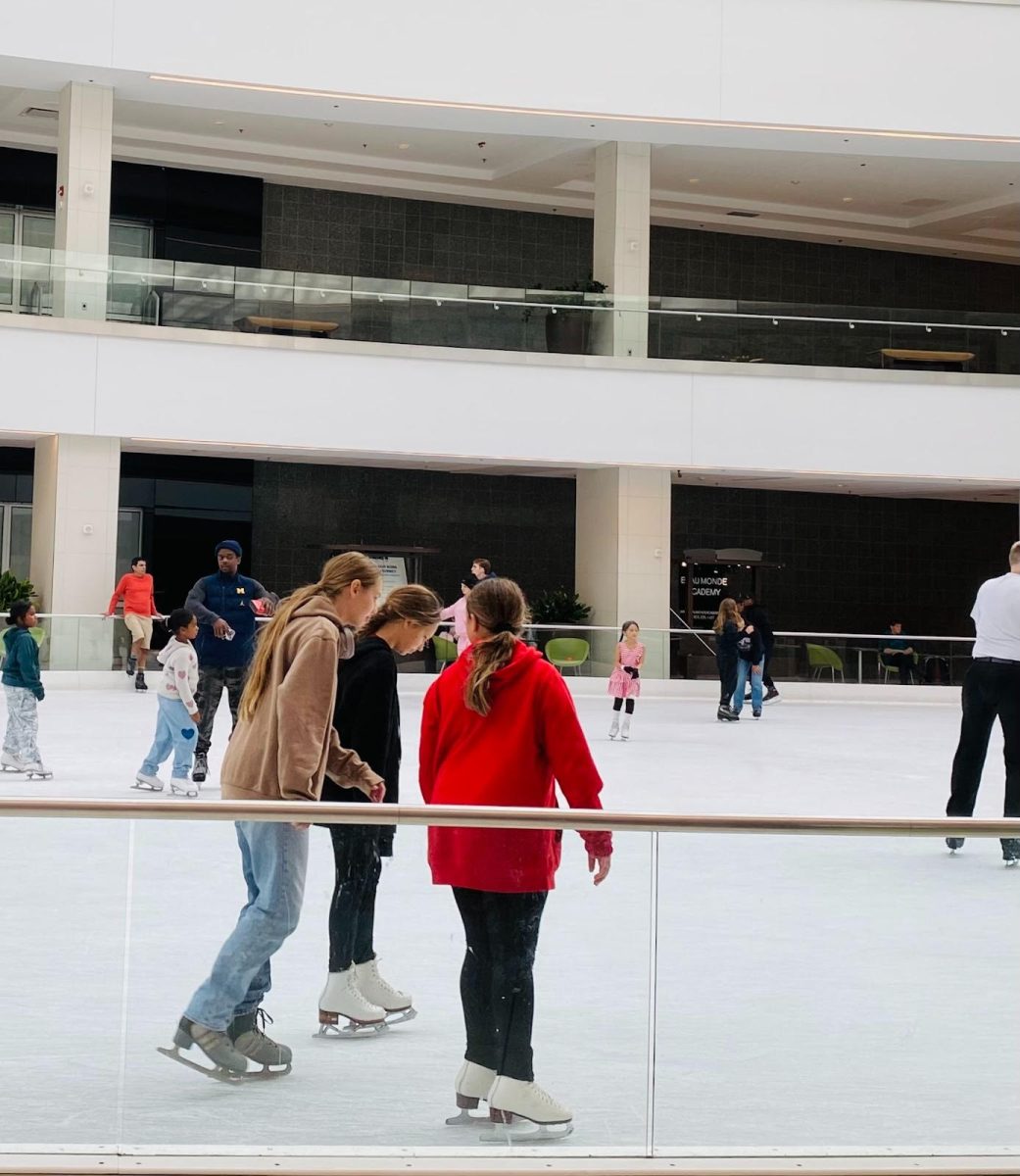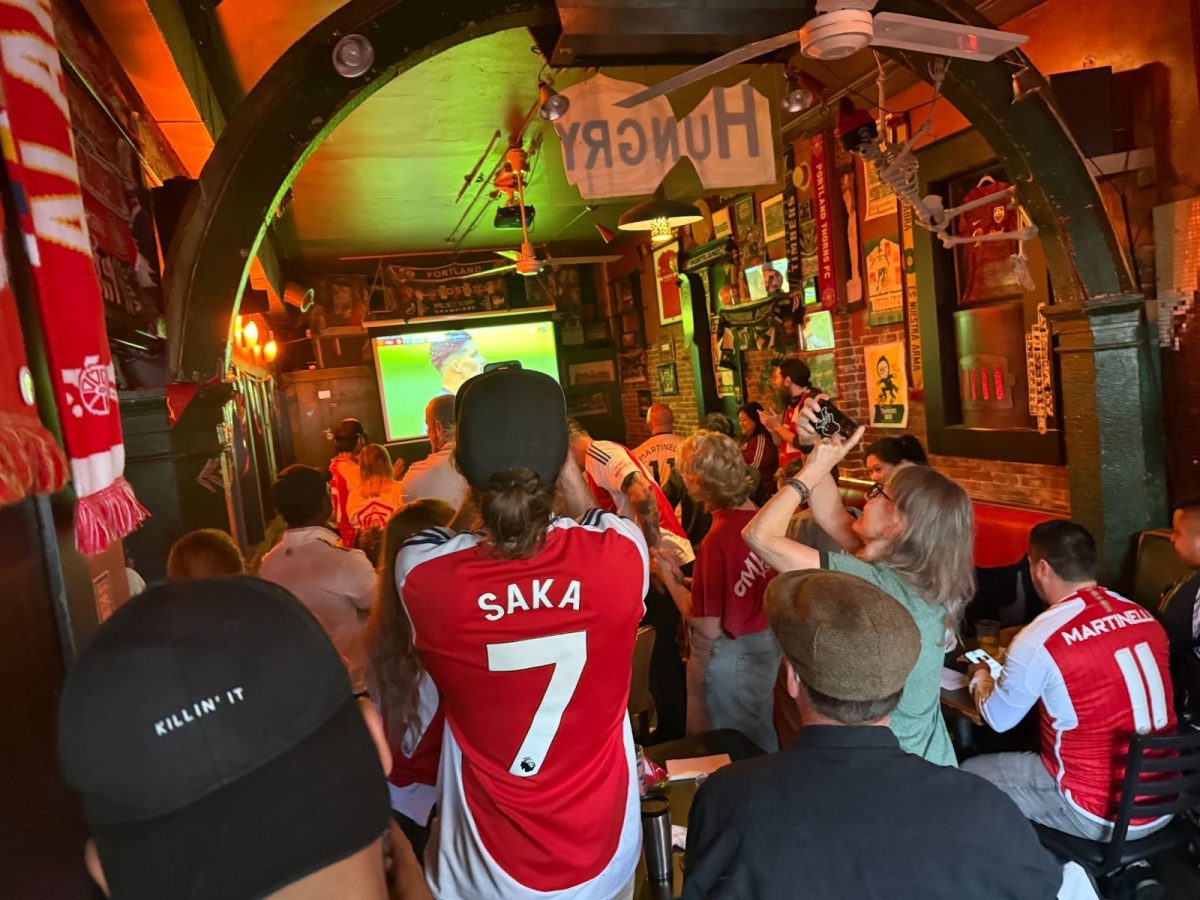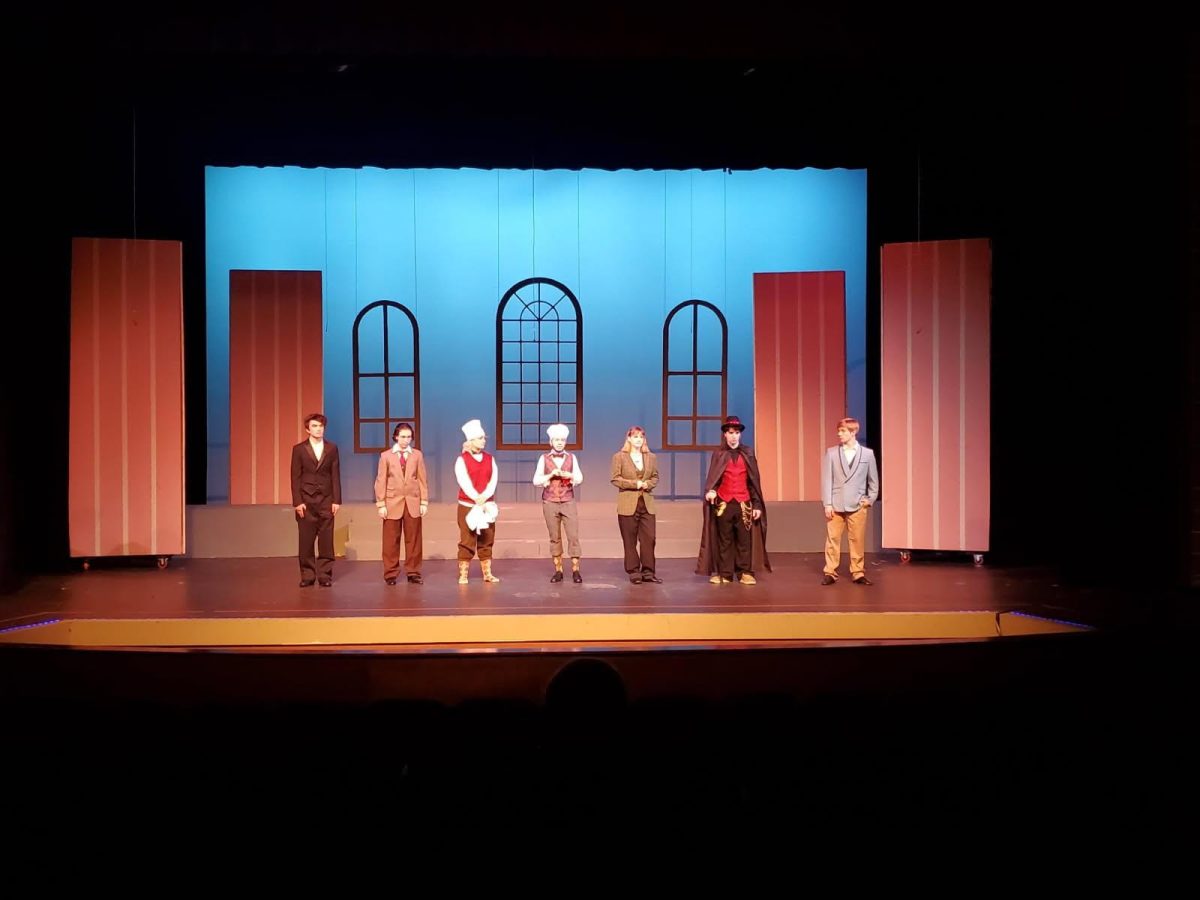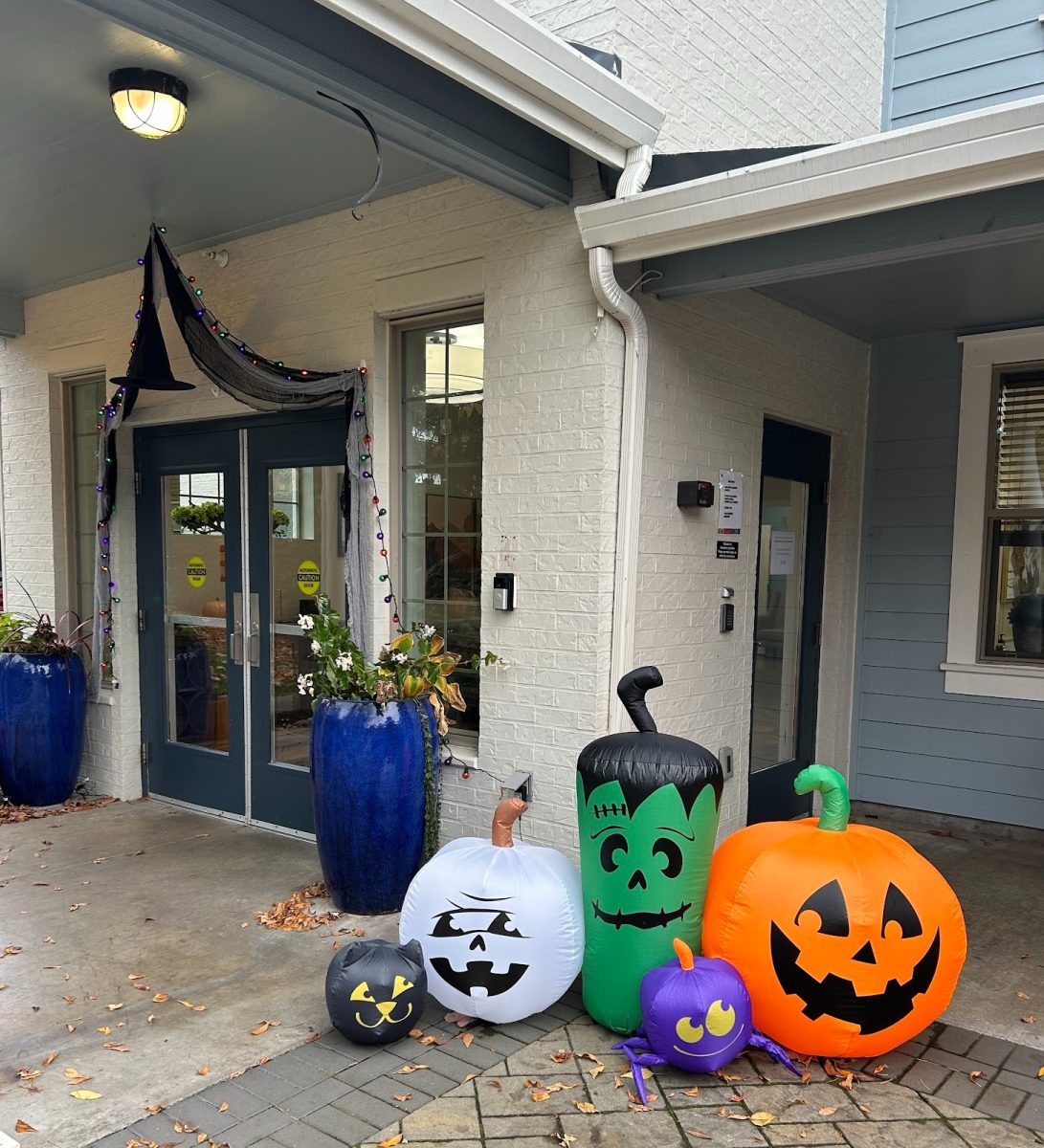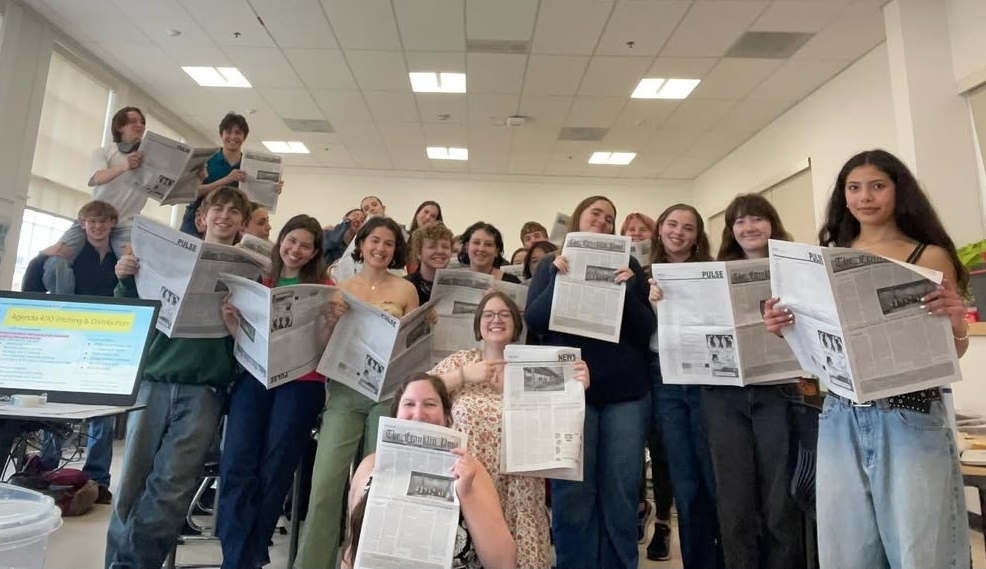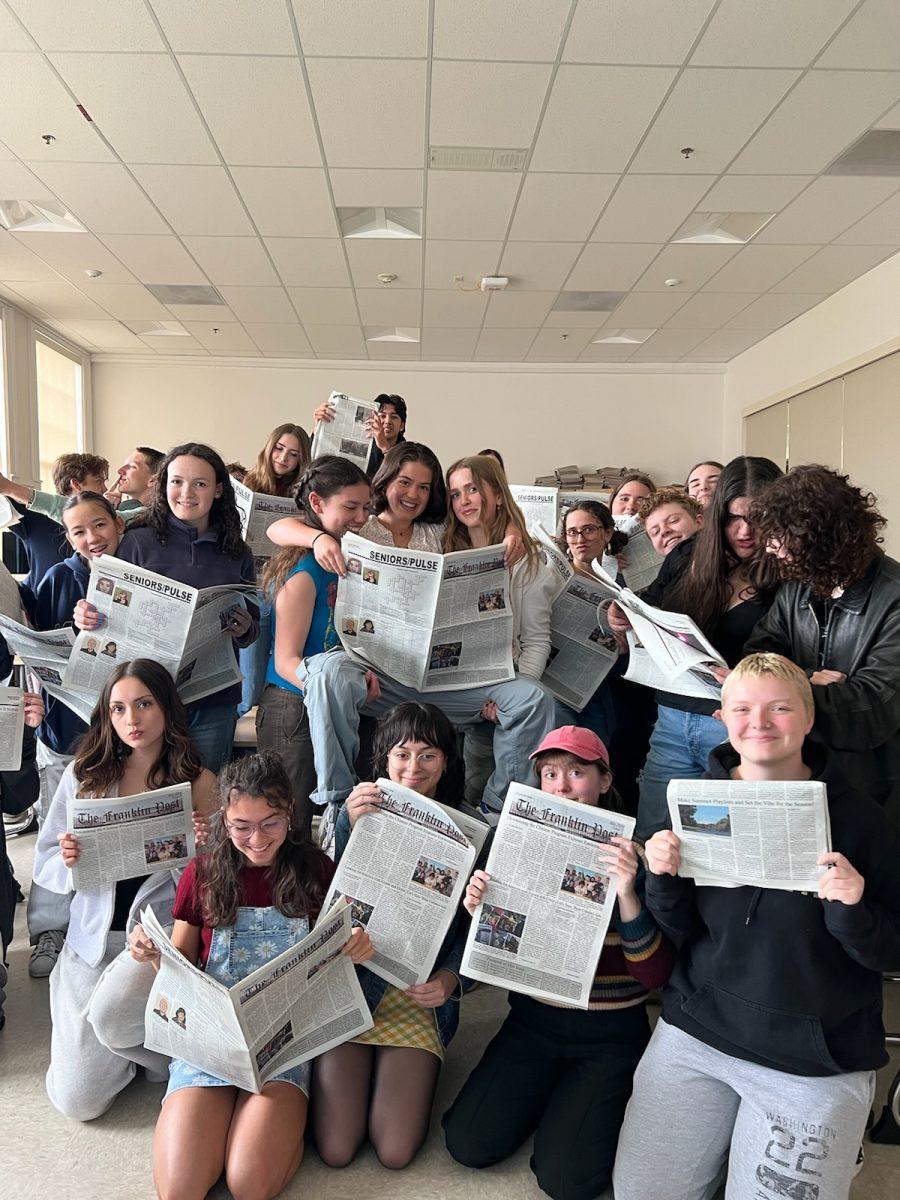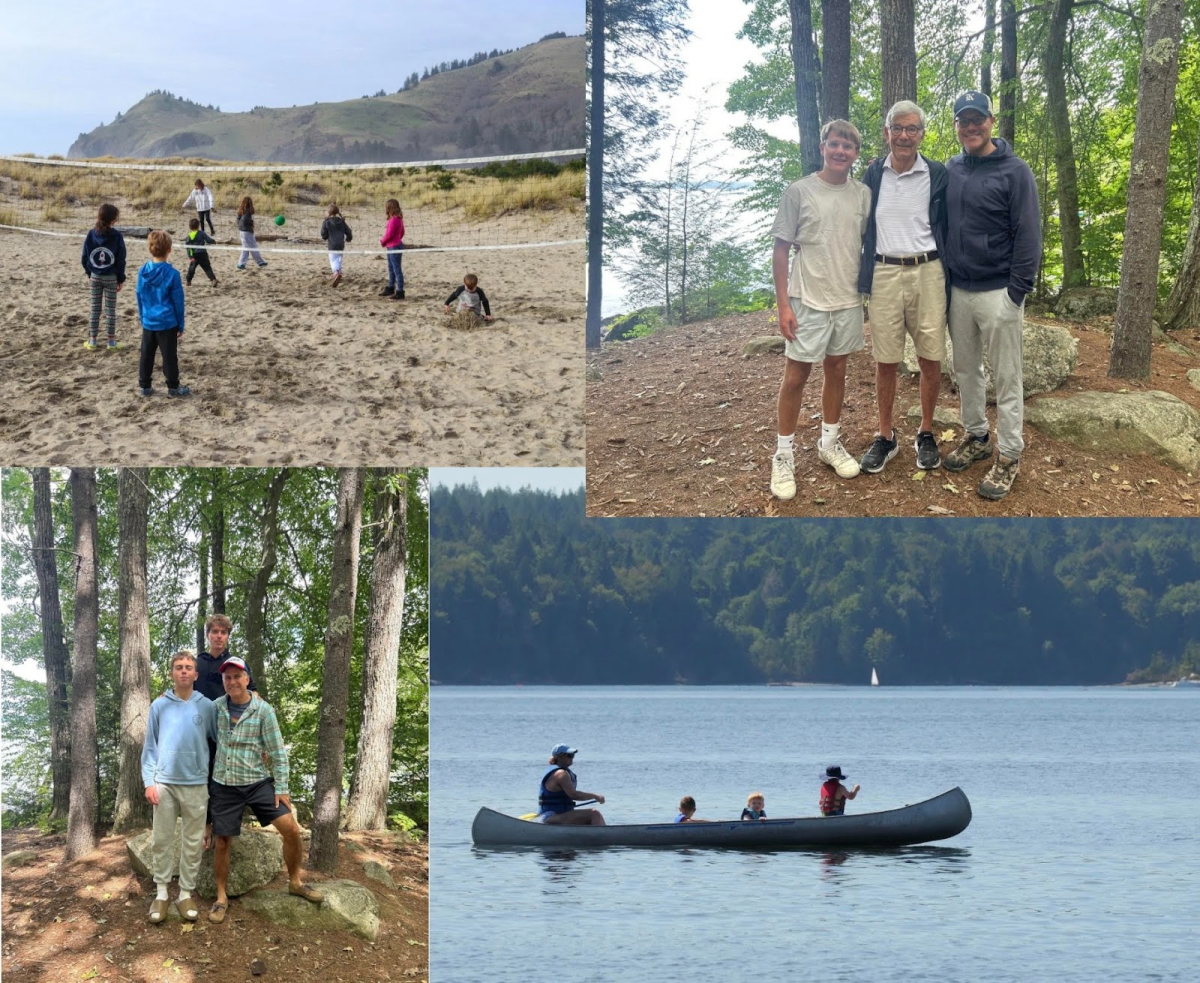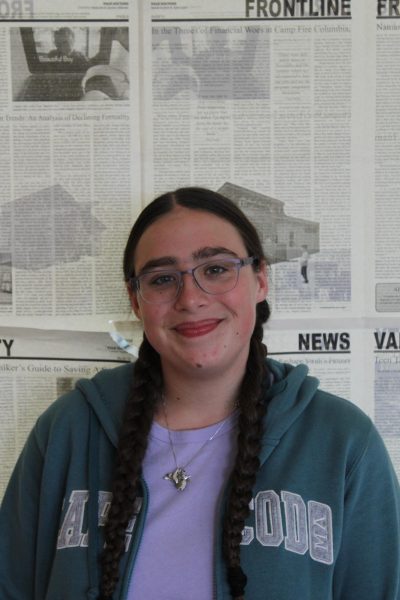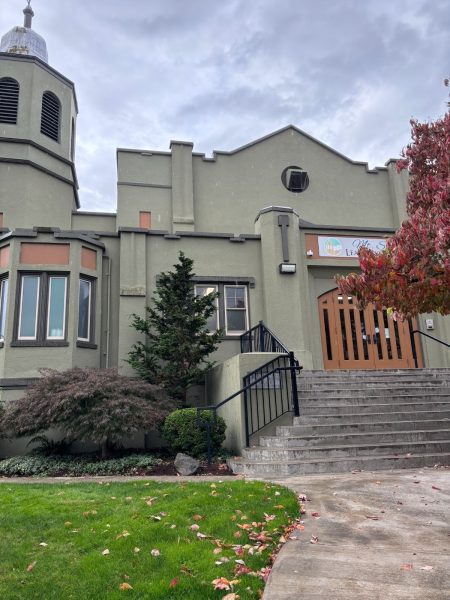
Mt. Scott Learning Center (MSLC) is an alternative high school in SE Portland, currently serving over 100 students. The school specializes in supporting those who have struggled to succeed in traditional schools due to factors such as housing insecurity, family circumstances, anxiety, and substance use, notes Aaron Balogh, director of student life at MSLC. Located in a renovated historic church, MSLC is designed to be a safe space where students feel welcome. “No one is anonymous here,” says Balogh.
At the center, “the academic day … is very traditional,” comments Balogh, with a core curriculum and elective classes. Students are provided with a personal academic advisor and regular small group support. Balogh explains that this increased assistance helps students “achieve academically because the classes are smaller, because the teachers know who they are, [and] because they’re able to receive academic and emotional support.” This supportive community contributes to MSLC’s high graduation rate of 90%.
Dr. Kim Sherman, an education and disability attorney, explains that alternative schools “are designed to meet students where they’re at,” which makes them “likely successful and absolutely necessary for a small group of kids for whom [a] bigger high school isn’t going to work.” For these students, the offerings of alternative schools like MSLC, which are often smaller and focused on addressing their academic needs, can be plentiful. Balogh says that when helping students thrive, “Our work is to … assess what got in the way of a student’s engagement [at their previous school]. We have to unpack that for each student, and what allows us to do that is a small school setting.”
In the past, expansion efforts have helped MSLC to better support students and the community. Around eight years ago, volunteers from Catalyst Partnerships NW, a local nonprofit that provides free repairs to community members in need, and Westside Church helped to convert the building’s balcony space into a multipurpose room for meetings and teacher planning.
Finding adequate funding has been a continual challenge for MSLC. Around half of the students at the center have an Individualized Education Program (IEP), and the center’s current funds make it difficult to cover the additional resources required to support them. The “dollars don’t match [the] students,” says Balogh.
MSLC is a community-based organization and is categorized as a private alternative school. As such, the center does not receive additional funding for special education and often must self-fund for overhead costs. Private alternative schools often partner with local school districts, allowing them to receive public funds. MSLC holds one such partnership, contracting with Portland Public Schools and operating tuition-free for its students.
According to the Oregon School Boards Association, “Oregon school districts receive approximately $10,000 per student in state funds.” That amount is doubled if a student has an IEP, with a cap at accommodating 11% of enrolled students. However, MSLC Executive Director Tom DeJardin says that MSLC receives 90% of the funding designated for each student at a traditional school, regardless of IEP status.
For the past few years, MSLC has been fundraising to build a new youth center. This addition would provide a designated space for physical education (P.E.), music, and art classes. The leaders of MSLC also intend for the center to provide community resources through extracurricular activities, summer programs, and community programs. The youth center would increase MSLC’s capacity, allowing the center to accommodate more students who need increased support and offer programs for which they do not currently have the space. “It was what our students deserved then and still deserve now — to be at somewhat of a level playing field with students at traditional high schools,” says DeJardin.
There have been plans to break ground on the new building since before the COVID-19 pandemic, but funding insufficient to complete the construction has delayed those plans. MSLC received $1 million from the Oregon State Legislature through House Bill 5006, but still needs $1.5 million to build the youth center, according to a Sept. 3 press release.
However, Sherman notes that in terms of art and P.E. credits, the building isn’t the issue — if the students can take the class, the requirement is fulfilled. “P.E. doesn’t require a gymnasium; it requires the curriculum [to be met],” regardless of the location, she explains.
Since its founding in 1994, MSLC has connected hundreds of students to academic support that helps them succeed outside of the traditional school model. DeJardin, who has been with the center since 2004, is among many community members who believe in its positive impacts. Moreover, he hopes to see MSLC students have access to spaces for the arts and other opportunities that students at traditional schools may take for granted. MSLC students deserve “everything students at traditional schools deserve,” he says.
